
Taping painful TIBIALIS POSTERIOR TENDON YouTube
How To Fix Tibialis Posterior Tendonitis. STEP 1: Reduce Aggravation. STEP 2: Address Inflammation. STEP 3: Encourage Blood Flow. STEP 4: Massage. STEP 5: Strengthening Exercises. Minimize Hindfoot Eversion: STEP 6: Increase Ankle Dorsiflexion. STEP 7: Manage The Foot Arch.

posterior tibial tendon exercises Rehabilitation exercises, Physical therapy exercises
Exercise 1: Ankle Inversions with Resistance Band. Why it works: this exercise puts load directly through the posterior tibialis. That load retrains and remodels it. You should shoot for 3 sets of 10 reps where the 10th rep is HARD to complete. Don't push yourself to the point of pain, but don't be afraid of load please!

Posterior Tibial Strengthening Exercises YouTube
Setzen Sie sich auf einen Stuhl. Legen Sie das Thera-Band um beide Füße. Legen Sie einen Fuß auf das Knie des anderen Beines. Strecken Sie die Zehen nach unten - 5 Sekunden halten. Strecken Sie die Zehen nach oben - und Halten. Kräftigung des Tibialis Posterior mit einem Thera-Band Übungsvideo (hohe Auflösung).

TibialisposteriorSyndrom erklärt Sehnenschädigung am FussInnenknöchel YouTube
Posterior tibial tendon dysfunction (PTTD) insufficiency is the most common cause of adult-acquired flatfoot deformity. Failure of the tendon affects surrounding ligamentous structures and will eventually lead to bony involvement and deformity. PTTD is a progressive and debilitating disorder, which can be detrimental to patients due to limitations in mobility, significant pain, and weakness.
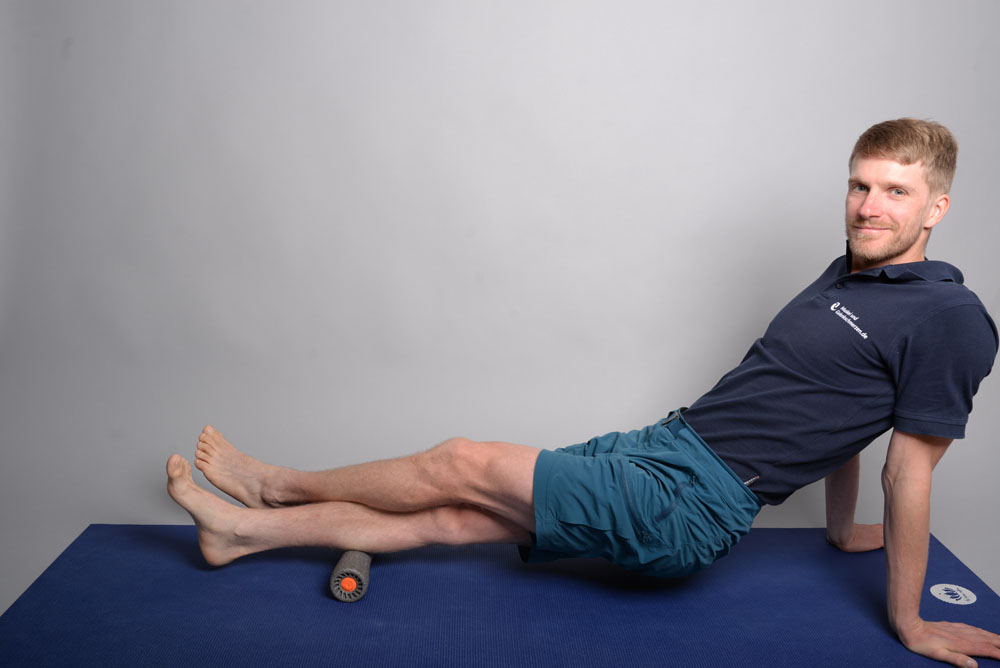
Tibialis posterior Schmerzen und Triggerpunkte selbst behandeln
Übung 2: "Kräftigung der kurzen Fußmuskulatur" Übungen gegen Knick-enkfuß: Fußanker Übungsziel: Kräftigung des Längsgewölbes Hilfsmittel: Gymnastikband Ausgangsstellung: Stand: Das eine Ende des Gymnastikbandes ist unter dem äußeren Drittel der Ferse platziert, das andere Ende unter dem

Posterior tibialis activation for ankle stability. YouTube
_____Hinweis:Die gezeigten Übungen ersetzen keine ärztliche oder physiotherapeutisc.

Das Tibialis posterior Syndrom FußSchule München Die Kunst des Gehens
Posterior Tibial Tendon Dysfunction (PTTD) November 9, 2022. Posterior tibial tendon dysfunction or PTTD is a dysfunction of the posterior tibialis muscle, resulting in a fallen arch, or flat feet. The tibialis posterior tendon supports the arch of the foot so if it becomes impaired, or is not working properly the arch of the foot collapses.
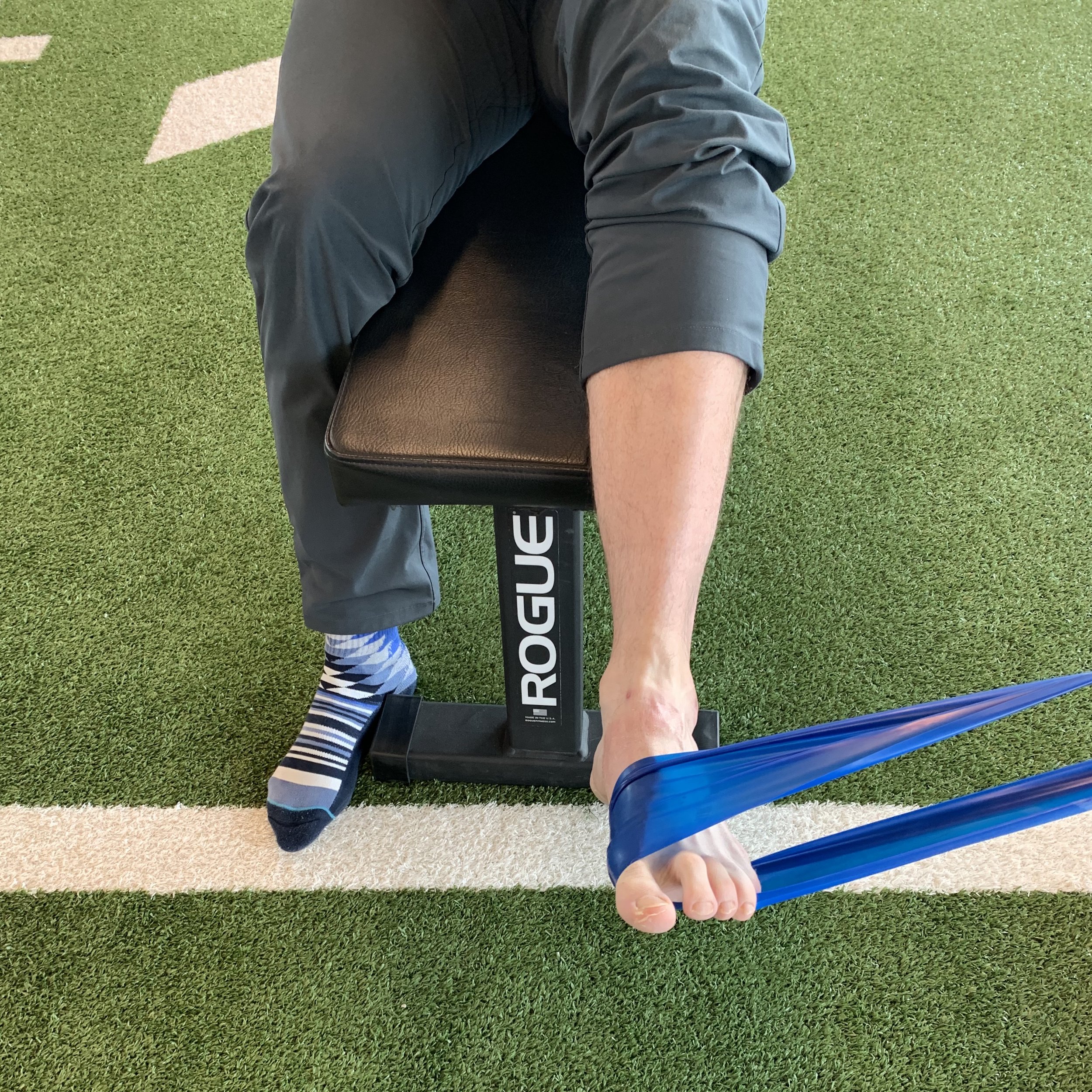
Prevent Foot Pain With These Exercises — Coast Performance Rehab
How to Self-Treat Posterior Tibialis Pain: Self-mobilize the tissue. Be sure to mobilize the tissue in and around the shinbone (tibia). You could also use a tennis or lacrosse ball to aggressively work out the tissue along the shin (as demonstrated in Posterior Tibialis Tendon Dysfunction Exercises.pdf ).

Das Tibialis posterior Syndrom FußSchule München Die Kunst des Gehens
Stretching the calf muscles and tibialis posterior muscles at the back of the lower leg is important. Make sure you stretch the calf muscles with both the knee straight and the knee bent. This will ensure all muscles in the back of the lower leg are stretched thoroughly. Perform stretching exercises 2 to 3 times a day.

Tibialis Posterior Strengthening Flat Feet Exercise YouTube
Posterior tibial tendonitis is a common problem that occurs when one of the tendons on the inner side of the ankle becomes damaged. This can lead to foot and ankle pain, as well as other issues. Treatment varies depending on the severity of the condition and may include rest, immobilization, medication, and surgery.
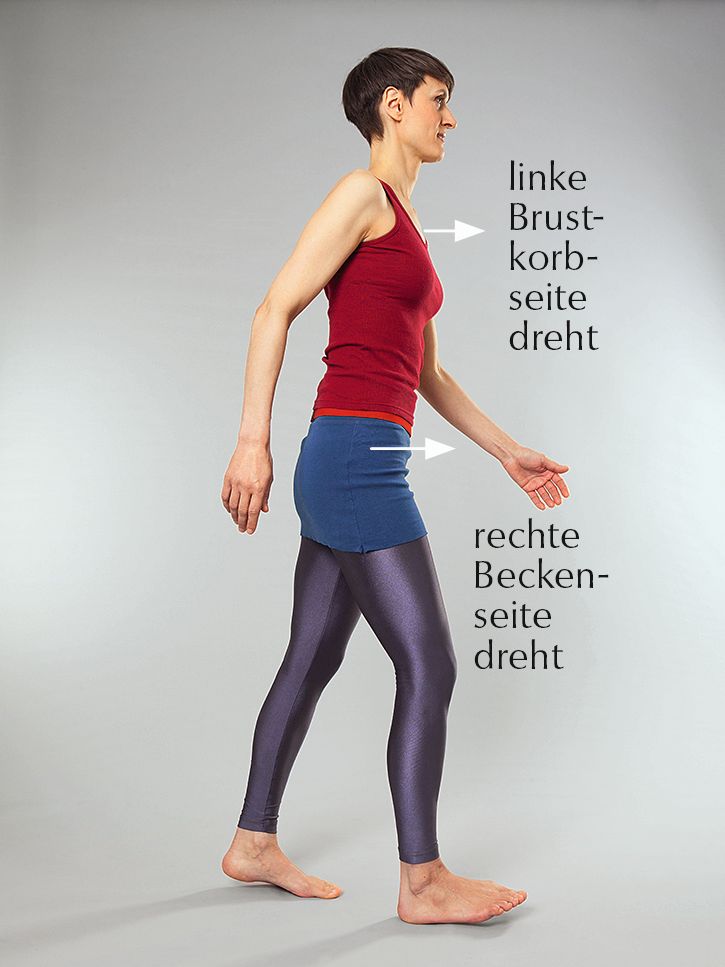
Das Tibialis posterior Syndrom FußSchule München Die Kunst des Gehens
Summary points. Dysfunction of the tibialis posterior tendon is a common condition and a common cause of acquired flatfoot deformity in adults. Women older than 40 are most at risk. Patients present with pain and swelling of the medial hindfoot. Patients may also report a change in the shape of the foot or flattening of the foot.

Tibialis Posterior Strengthening Flat Feet Exercises & Treatment
Es entstehen nur geringe Seitbewegungen des Körpers. Die Übungen bei einem Tibialis posterior Syndrom. Die hier vorgeschlagene Übung unter Belastung des Fußes ist nur in einem entzündungsfreien Stadium sinnvoll. Diese Übung wendet sich vor allem an Ihre Koordinationsfähigkeit beim Gehen.
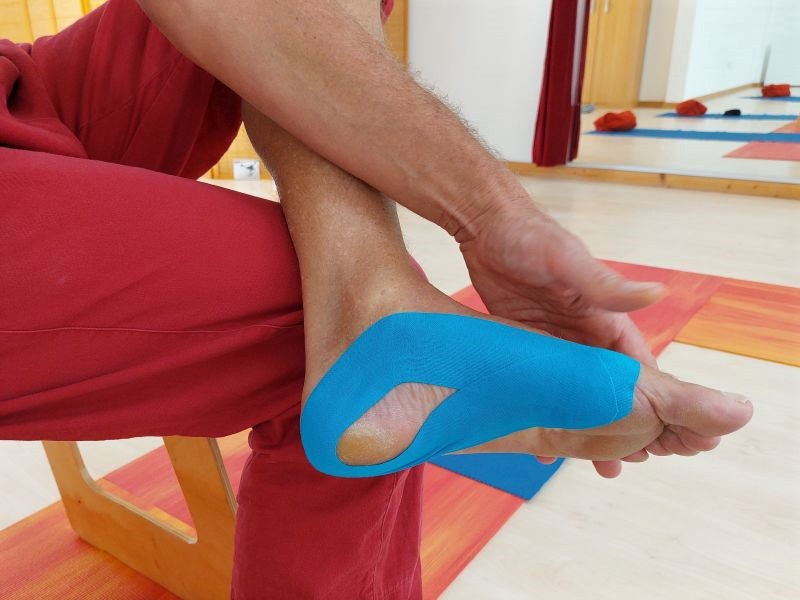
Das Tibialis posterior Syndrom FußSchule München Die Kunst des Gehens
Das Tibialis posterior Syndrom ist eine Erkrankung des Fußes, die sich vor allem durch Schmerzen und Schwellungen am Innenknöchel äußert.Ursachen für dieses Syndrom können Überlastungen und Fehlbelastungen sein. Da unbehandelte Patienten häufig lange mit dieser Erkrankung zu kämpfen haben, ist Lumedis darauf spezialisiert, Fußerkrankungen ohne OP speziell zu behandeln.

Tibialis Posterior Syndrom Physio Team Laun 2021 YouTube
There are four posterior tibial tendon dysfunction stages: Stage I: The tendon is injured but otherwise intact. Stage II: The tendon is torn (ruptured) or not working properly. The foot is deformed. Stage III: The foot is significantly deformed. There are degenerative changes to the connective tissue (cartilage) in the back of the foot.
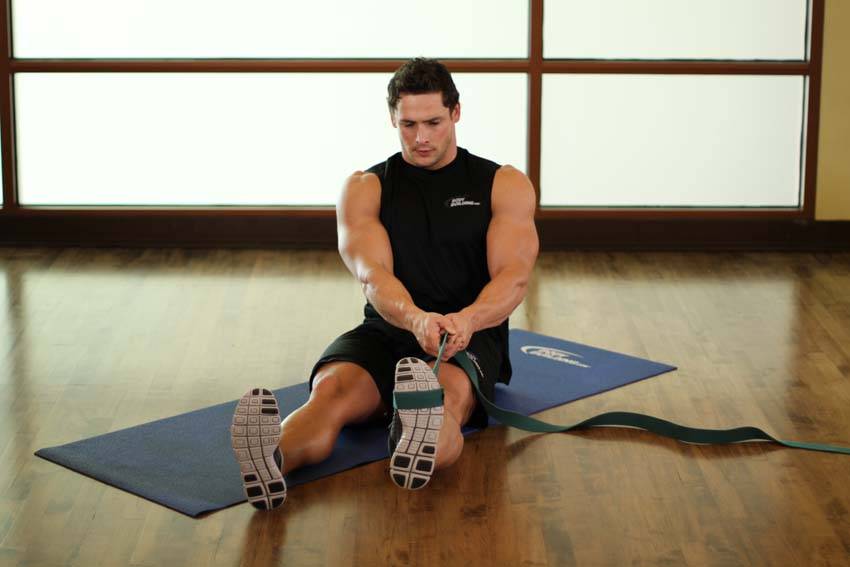
Posterior Tibialis Stretch Exercise Videos & Guides
Enroll in our online course: http://bit.ly/PTMSK DOWNLOAD OUR APP:📱 iPhone/iPad: https://goo.gl/eUuF7w🤖 Android: https://goo.gl/3NKzJX GET OUR ASSESSMENT B.

Tibialis posterior self massage YouTube
Der Knick-Senkfuß ist eine Fußfehlstellung, bei der das Fersenbein nach innen wegknickt, während das Fußlängsgewölbe dauerhaft nach innen absinkt. Schäden an der Sehne des hinteren Schienbein muskels ( Tibialis-posterior-Sehne) können einen erworbenen Knick-Senkfuß bei Erwachsenen begünstigen, da eine intakte Sehne für die.